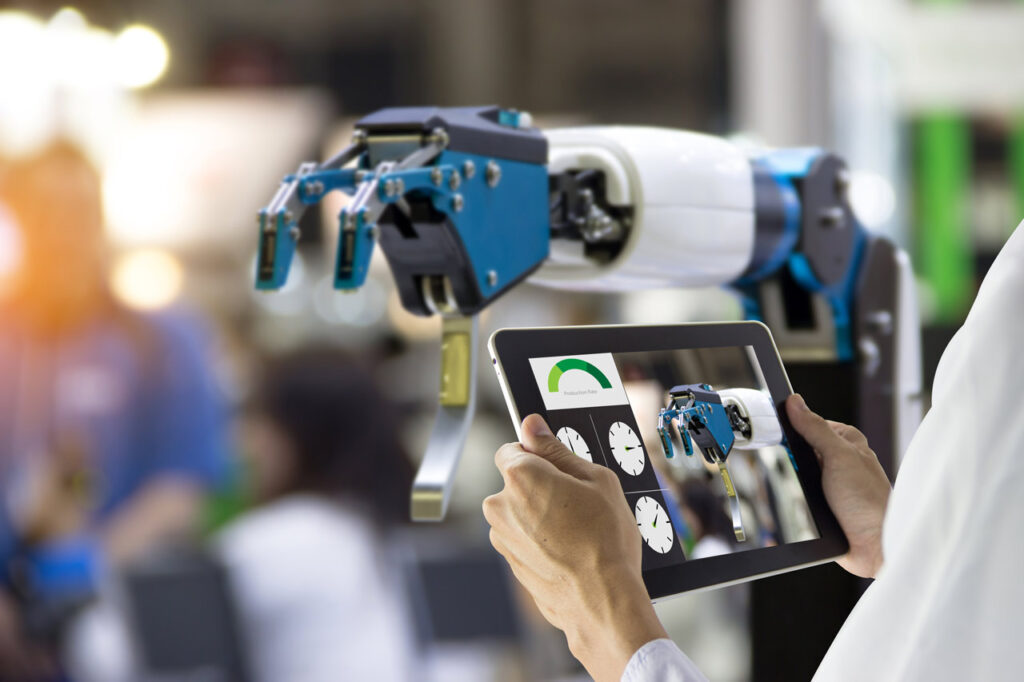There’s no question that serious advances in technology mean factories are already operating on a whole new level than they were even a decade ago. We are living in the time of Industry 4.0 and the winds of change continue to blow, bringing even more positive changes to the factory floor.
Let’s take a look into the future at some of the key ways that technology will change your factory in the next 10 years:
Sourcing Your Inventory
In order to produce a product in your factory, you need a stock of inventory of the parts that go into the creation of that product. As you probably know, finding the right supplier who is reliable, high-quality, and trustworthy can be a time-consuming process.
3D printing is an example of a new technology that will change the way inventory is provided to a factory. Imagine contacting a supplier with a sketch of what you need and the supplier being able to use a 3D printer to immediately print your order on demand. No more going back and forth to confirm that design specs are correct and approved. What you need will be immediately created exactly as you need it to be for your factory’s production line.
Monitoring Your Machines
Downtime in factories costs up to $647 billion per year. This is a huge and costly problem that is high on the list for new technologies to solve. Progress has already been made and will continue into the future as assembly lines and entire factory floors become digitized. A result of this digitization is the ability to collect and analyze data that leads to the quick identification of breakdowns, fast response to problems, and overall greater efficiency in the factory.
Another step-up will be the increased use of technology to allow for factory managers and workers to predict important events. Whether it’s predicting when maintenance will be required or predicted when a particular product might have a defect, get ready to see the creation of all kinds of sensors designed to equip your factory of the future with the tools needed to predict its own future and make it an even more efficient one.
Augmenting Your Labor Force
While there are those who argue that eventually a human work force will be completely obsolete, it is more likely that humans will always be a necessary part of a factory, but their role will evolve. Workers will need different, more technology-focused, skills and will need to be open to working hand-in-hand with, for lack of a better term, robots.
Innovations such as augmented or virtual reality will be able to help factory workers be more effective by teaching them how to use new equipment or monitoring them and preventing them from making mistakes. Exoskeleton technology means that companies will make wearable high-tech gear that will protect factory workers from injuries due to carrying heavy objects or making constant repetitive motions.
Automating Your Assembly Line and More
We will continue to see new advances in technology in which factories will continue to get smarter, with each part of the factory being connected to the Internet and each other. Processes that require human interaction on a basic level will be able to be fully automated, freeing up human capital for more strategy and thought-intensive tasks.
Ensuring Top Quality Products
Quality control is a time consuming but important aspect of any factory work. Industry 4.0 is already bringing changes to quality control and it will continue to become easier and more efficient to ensure that your factory is producing only high quality products. Cameras will use machine learning to be able to identify even the tiniest defects that the human eye could easily miss, for example.
It will be interesting to revisit this article in another 10 years to see how far we’ve come and how far we still have yet to go. That’s the best part about technology – the possibilities are endless!


